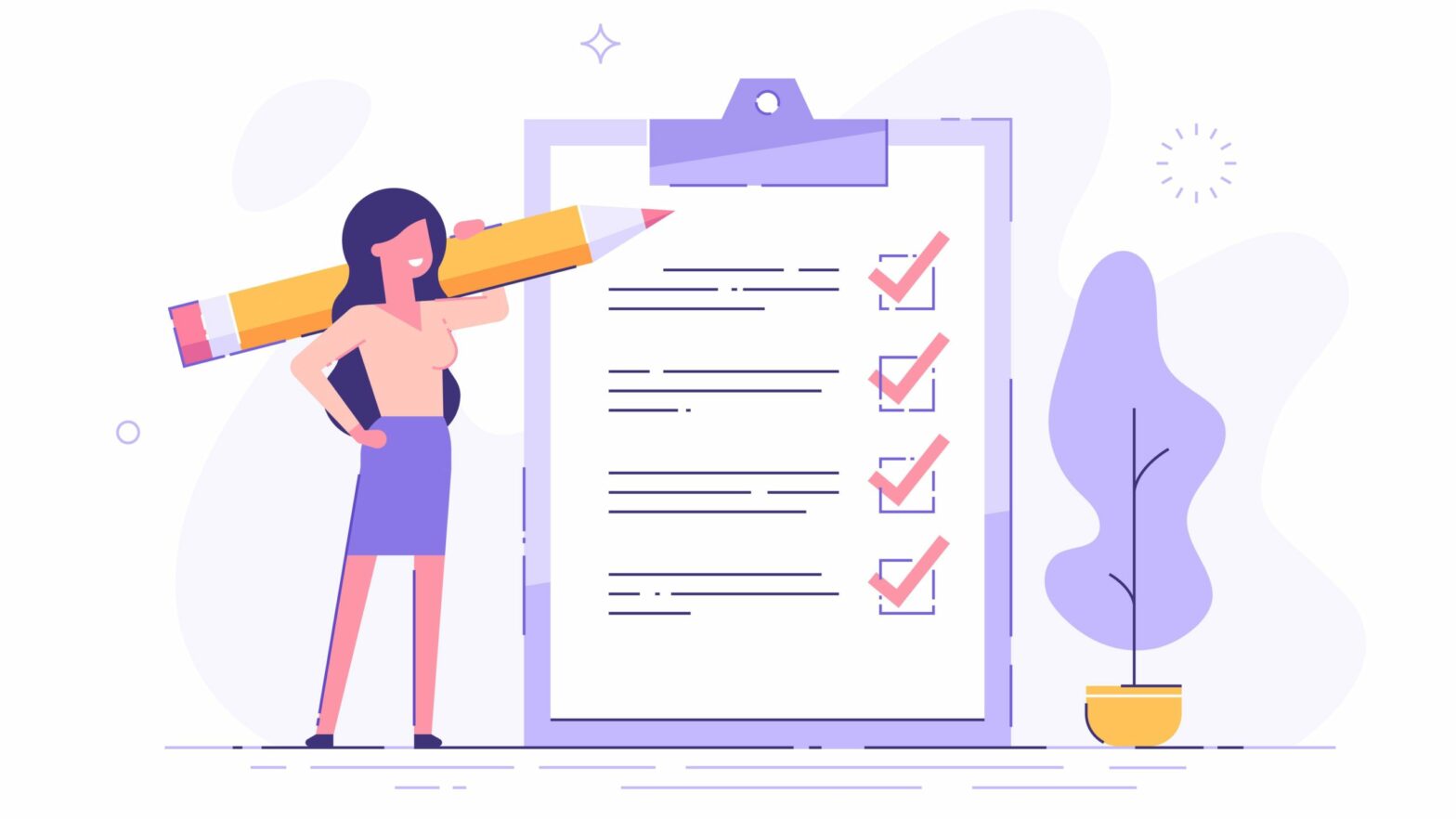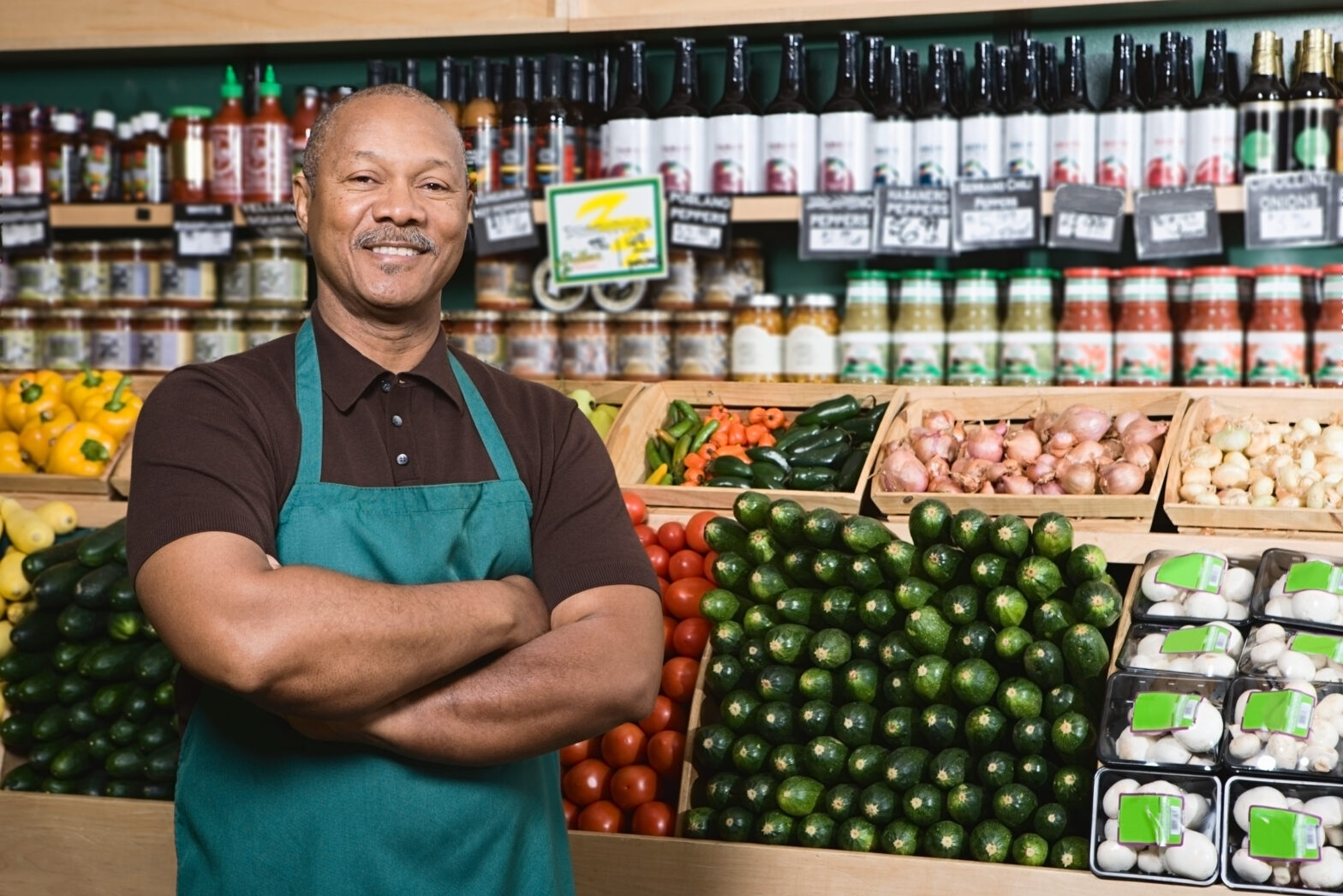Setting up as a self-employed sole trader is the simplest way to start a business. Paperwork is generally minimal, accounting and record-keeping is fairly straightforward and the benefits of being your own boss are numerous.
When establishing a business on your own for the first time then, being a sole trader is the sensible legal entity to start.
How to become a sole trader
There’s not really a difference between being a sole trader and being self-employed. ‘Sole trader’ describes your business structure, while ‘self-employed’ is a way of saying that you don’t work for an employer or pay tax through PAYE. As a sole trader, you are the legal entity in your own right, employing people and entering into contracts. You have no limited liability; your own assets are at risk should the business fail.
Getting started
The first step to becoming a sole trader is to choose a name. Make sure you have chosen a name that’s not being used by any other business. If you do then they could stop you using it. With this in mind, it is worth considering registering your name as a trade mark to prevent other people from using it.
You can trade under your own name, or come up with a suitable business name. Bear in mind that if you decide to use a business name, you must make sure that your business stationery displays your own name as well as the trading name of the business. And be careful that the name does not contain words that people might find offensive or misleading.
Have a business plan and a cash flow forecast which will allow you to manage your business. Make sure you are generating enough cash to pay your expenses and tax liabilities.
Tax matters and VAT
As a sole trader, you will have to pay income tax on any profits your business makes. You must fill in a self-assessment tax return each year, detailing your income and expenses.
You need to register online with HMRC here – so that they know about your new business and expect a tax return from you every year. A tax return is a document that all business owners in the UK have to fill in and send to HMRC every year. It’ll contain details of all your income, including any profits that your business makes.
You’ll need to choose a date every year that you’re going to prepare your business accounts to. This is called your accounting year end, or year end for short. The simplest year end for sole traders is April 5, because that matches the UK’s tax year, which is the period that your tax return covers.
It’s best to register as self-employed with HM Revenue & Customs as soon as you start up in business on your own. If you fail to do so by October 5 in your second business year, you could incur a fine.
If your business has (or you expect it to have) a turnover of more than £85,000 a year, you need to apply for a VAT number, you must charge your customers VAT, complete the relevant VAT returns and send VAT payments to. Always check the current the current level for registration with HMRC.
Making Tax Digital has changed the game over the past couple of years. Businesses with a taxable turnover over the VAT threshold must follow MTD rules. This means keeping digital records and using specific software to submit your VAT returns. Businesses with a taxable turnover below £85,000 will be expected to follow the rules for their first return on or after April 2022. If you’re below the threshold you can voluntarily join MTD now.
>See also: 9 accounting software platforms for Making Tax Digital
Self-employed businesses and landlords with annual business or property income above £10,000 will need to follow the rules for MTD for Income Tax from their next accounting period, starting on or after April 6 2023.
Watch our video on how to be a sole trader
National insurance
Remember you will have national insurance to pay for yourself and anyone you employ. Again, check what’s required with HMRC.
Employees
Contrary to perceived wisdom, sole traders can take on employees just like any other business. Therefore, you will need contracts of employment and collect income tax and NICs from them and pay these to HMRC. You will therefore need to operate a Pay As You Earn (PAYE) payroll system. You may also have to look at pension provision.
Keeping tax records
You must remember to keep all the financial records you will need to fill in your tax returns. It’s a good idea to store all your receipts and transaction records in a safe place and in date order. The more organised you are with your paperwork from day one, the easier it will be to compile your return when the time comes.
Special licences and permissions
Although anyone can set up in business as a sole trader, for certain types of work you may need a licence or permission from your local authority. Restaurants, childminders, cab drivers and street traders, for example, all need to have a local authority licence. In addition, your qualifications and business premises may be inspected beforehand to ensure you comply with certain regulations.
>See also: Does my small business require a licence?
The sole trader checklist
In summary, the following are issues you need to consider. Have you:
- Registered as self-employed with HM Revenue & Customs?
- Obtained any permits and planning permission that you may need from your local authority?
- Found out from your local authority whether you need to pay business rates?
- Put the necessary professional indemnity and public liability insurance in place?
- Contacted HM Revenue & Customs to register for VAT if necessary? Set up a financial record-keeping system?
- Made sure that your own name is on all your business stationery, including letters, invoices, receipts and cheques?
- Set terms and conditions for your customers, such as when your invoices are to be paid?
If you can answer ‘yes’ to all these questions, congratulations – you’re in business as a self-employed sole trader.
This article was updated by the Small Business editorial team with the help of Nick Johnson, managing partner of Glaisyers Solicitors LLP.






Can I register as a sole trader if I am non resident
I am afraid you have missed something important here in this otherwise excellent article. It is very important to note that, as a sole trader, when you do your tax you will get a bill for the tax you owe for that year PLUS half as much again which is a payment on account. This is then deducted from the next year’s total… however you will have to pay payment on account on your total for the next year again and so on every year. This is important to note as when putting aside money to pay your tax as you go, you have to actually put aside way more than you think each year to allow for this payment on account. I feel it is also due a second payment on account instalment each half year, but I can’t remember. I gave up being a sole trader because effectively paying twice as much tax each year is crippling from a cash flow point of view. I would recommend what ever level your earnings are to register as a business and pay VAT – and get a proper accountant. No one tells you any of this (its buried on HMRC’s website) and comes as a nasty shock in year one and then keeps on giving. You should make sure you work all that into a future piece on tax and sole trading.